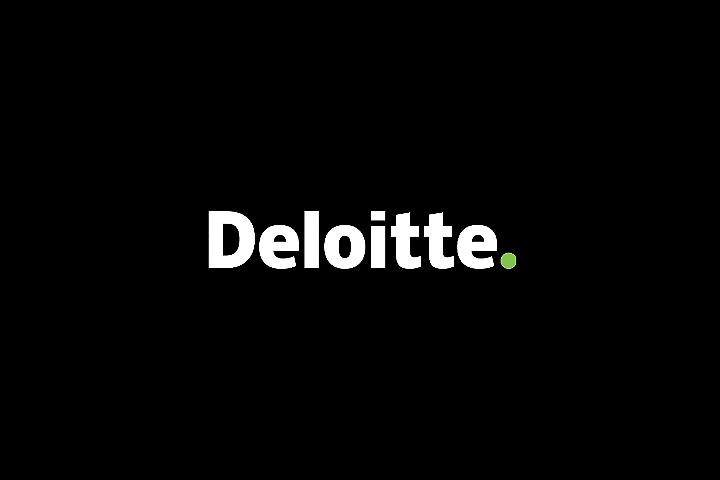Supply Chain Resilience
Supply chains have become highly sophisticated and vital to the competitiveness of many companies. But their interlinked, global nature also makes them increasingly vulnerable to a range of risks.
The shift is now underway from efficient supply chains to resilient supply chains.
The characteristics of efficient supply chains have been
· Lean -Focus on operational excellence, supply chain optimisation, and the elimination of waste (costs, materials / inventories, assets).
· Specialised - Establishing centers of excellence, shared services, and focussed factories to improve efficiency and cost as a means of differentiation.
· Consolidated - Mergers and acquisitions, integration of operations, and leveraging economies of scale to improve cost and asset performance.
· Reactive - The ability to sense and respond to demand-side and supply-side events and disruptions to quickly re-plan and then align execution.
· Enterprise-focussed - Focus on functional excellence within the company’s supply chain, including direct (Tier 1) suppliers and customers.
The characteristics of resilient supply chains will be
· Diverse - Supply chain design in consideration of geographic diversity, multi-sourcing, and capacity to respond to market and supply chain disruption.
· Flexible - The ability to quickly adapt to disruptions without significantly increasing operational costs.
· Collaborative - The ability to develop symbiotic and trust-based relationships with supply chain partners and other key strategic network participants
· Predictive - The ability to predict issues across the extended supply chain and prescribe actions. Concurrent planning and execution.
· Network-focussed - Focus on synchronization and optimisation of the end-to-end (multi-tier) supply network, enabling coordinated actions and risk mitigation







